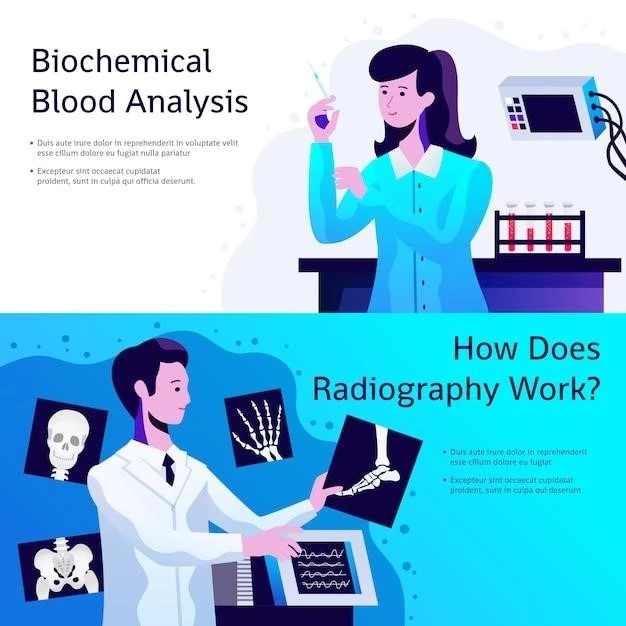Overview of Morquio Disease, Type B
Morquio disease, type B, is an autosomal recessive lysosomal storage disease caused by mutations in the GLB1 gene. It presents with dysostosis multiplex.
Morquio disease, type B, is an autosomal recessive lysosomal storage disease caused by mutations in the GLB1 gene. It presents with dysostosis multiplex and can manifest with either pure skeletal symptoms or combined with neuronal issues. The disease is characterized by keratan sulfate accumulation primarily in cartilage.
Definition and Background
Morquio Disease, Type B, is an autosomal recessive lysosomal storage disorder caused by GLB1 gene mutations. It is characterized by dysostosis multiplex.
GLB1 Gene Mutations
Morquio disease, type B, is caused by mutations in the GLB1 gene that lead to a deficiency in beta-galactosidase. This enzyme is essential for breaking down keratan sulfate, resulting in its accumulation in cartilage, leading to the characteristic symptoms of the disease.
Clinical Presentation of Morquio Disease, Type B
Morquio disease, type B, may present as either a pure skeletal phenotype or combined with neuronal manifestations typical of GM1 gangliosidosis.
Skeletal Manifestations
Morquio disease, type B, is characterized by distinct skeletal abnormalities, such as dysostosis multiplex, ligament laxity, and heart valve defects, due to the accumulation of keratan sulfate primarily in cartilage.
Neurological Symptoms
Morquio disease, type B, is distinct for its association with skeletal deformities rather than severe neurological complications. Patients with Morquio B have normal neurological development, distinguishing them from severe cases of GM1 gangliosidosis.
Diagnosis and Screening for Morquio Disease, Type B
Diagnosis of Morquio disease, type B, involves genetic testing to identify mutations in the GLB1 gene associated with beta-galactosidase deficiency.
Laboratory Tests
Laboratory tests for Morquio disease, type B, involve assessing levels of beta-galactosidase enzyme activity and identifying GLB1 gene mutations through genetic analysis to confirm the diagnosis.
Imaging Studies
Imaging studies such as X-rays and MRIs are essential in diagnosing Morquio disease, type B, to visualize skeletal abnormalities and assess the extent of dysostosis multiplex, ligament laxity, and other related manifestations.
Treatment Options for Morquio Disease, Type B
Treatment for Morquio disease, type B, includes enzyme replacement therapy and orthopedic interventions to manage skeletal manifestations.
Enzyme Replacement Therapy
Enzyme replacement therapy (ERT) is a treatment option for Morquio disease, type B, aimed at replacing the deficient beta-galactosidase enzyme to alleviate the symptoms associated with keratan sulfate accumulation.
Orthopedic Interventions
Orthopedic interventions play a crucial role in managing Morquio disease, type B, focusing on addressing skeletal abnormalities through surgical procedures, bracing, and physical therapy to improve mobility and quality of life for affected individuals.

Prognosis and Life Expectancy
The prognosis for Morquio disease, type B, varies, with milder cases having a longer life expectancy of over 70 years compared to severe cases that may not live beyond age 30.
Long-Term Outlook
Individuals with Morquio disease, type B, can have varying outcomes, with milder cases exhibiting a longer life expectancy of over 70 years compared to severe cases with a life expectancy not exceeding age 30. The long-term prognosis depends on the severity of skeletal and systemic complications.
Management Strategies for Morquio Disease, Type B
Management of Morquio disease, type B, involves a multidisciplinary approach that includes enzyme replacement therapy and orthopedic interventions to address skeletal deformities and improve overall quality of life.
Multidisciplinary Approach
The management of Morquio disease, type B, requires a comprehensive multidisciplinary approach involving specialists in genetics, orthopedics, neurology, and physical therapy to ensure holistic care for individuals affected by this condition.
Research and Future Directions
Research on Morquio Disease, Type B, focuses on understanding the genetic mutations causing GLB1-related lysosomal storage disorders and developing targeted therapies to alleviate symptoms and improve patient outcomes.
Emerging Therapies
Recent research developments in Morquio disease, type B, focus on exploring emerging therapies targeting the underlying GLB1 gene mutations to improve disease management and outcomes for individuals affected by this rare condition.

Support Resources for Individuals with Morquio Disease, Type B
Support resources for Morquio disease, type B, include patient organizations providing information, advocacy, and support for individuals and families affected by this condition.
Patient Organizations
Various patient organizations offer support and resources for individuals and families affected by Morquio Disease, Type B, providing valuable information, advocacy, and community assistance.
